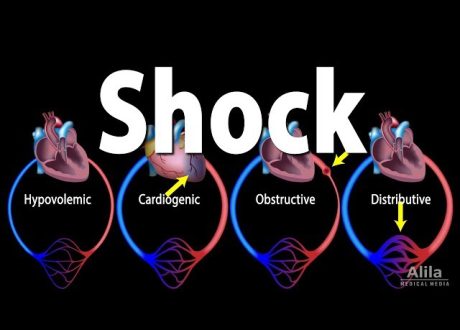Jeffrey Dubin , Mary Kathleen Ratay , Matt Wilson , Peter Davis-Allen , Michael Gillam , Joseph Izzo , Kevin Maloy , Jonathan Davis and Munish Goyal
American Journal of Emergency Medicine, 2021-02-01, Volume 40, Pages 181-183, Copyright © 2020
Abstract
Background
Several previous studies have investigated the clinical utility of age-adjusted D-dimer cutoffs for diagnosing pulmonary embolism (PE).
Objectives
We performed a pre/post implementation study, using data from a mid-Atlantic healthcare system comprising 6 hospitals and 400,000 ED visits to determine whether implementing age adjusted D-dimer cutoffs reduced the number of imaging tests performed.
Methods
Retrospective study of all patients who had a D-dimer performed during ED visits between September 2015 to September 2018. On March 21, 2017, the D-dimer upper limit of normal system-wide was increased for patients over 50 to: Age (years) x 0.01μg/mL. D-dimer results were displayed as normal or high based on automated age adjustment. EHR Chart review was performed 1.5 years prior to implementation of age-adjusted D-dimer cutoffs, as well as 1.5 years after to evaluate mortality and test accuracy characteristics such as false negative rates. Comparisons were made using chi-square testing.
Results
22,302 D-dimers were performed pre-implementation of which 10,837 (48.6%) were positive resulting in 7218 (32.3%) imaging studies. After implementation of age-adjusted d-dimer, 25,082 were performed of which 10,851 (43.2%) were positive resulting in 7017 (28.0%) imaging studies. (pre: 48.6%, post: 43.2%; p < 0.01). A significantly lower proportion of patients had a positive d-dimer (pre: 48.6%, post: 43.2%; p < 0.01) and underwent imaging post-implementation (pre: 32.3%, post: 28.0%; p < 0.05) a relative risk reduction of 13.3. This absolute risk reduction of 4.4% is associated with 1104 less scans in the post-implementation group while still increasing test accuracy from 53.7% to 59.2% ( p < 0.05).
Conclusion
Implementation of an automated age-adjusted D-dimer positive reference value reduced CT and V/Q imaging in this population by 4.4% while increasing test accuracy in a regional, heterogeneous six-hospital system.










